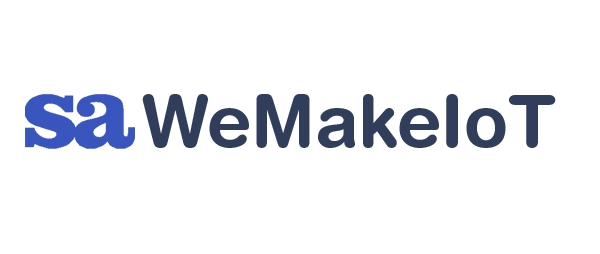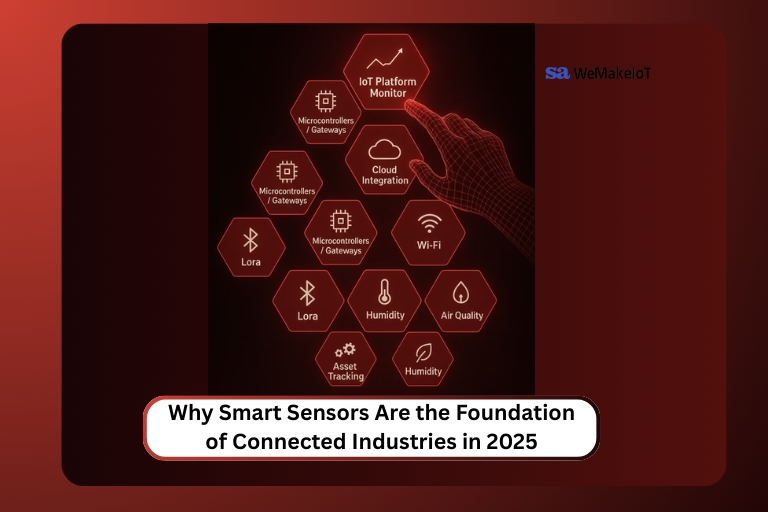Why Smart Sensors Are the Foundation of Connected Industries in 2025
In 2025, smart sensors are no longer a “future technology.” They are now the default building blocks of every connected industry—from manufacturing and energy to healthcare and smart cities.The shift isn’t about “adopting IoT” anymore. That stage has passed. The focus today is on scaling, integrating, and extracting real value from sensor-driven ecosystems.Why smart sensors are indispensable today
- Always-on operations Global industries run in real time, with zero tolerance for downtime. Smart sensors deliver continuous monitoring and predictive insights, preventing disruptions before they occur.
- Data as infrastructure Data is no longer an add-on—it is a core utility, just like power or water. Without reliable, context-rich data from sensors, digital transformation stalls.
- AI-driven decisions Sensors now feed directly into AI and machine learning pipelines. Instead of raw data, businesses expect real-time intelligence that can drive autonomous processes and human decisions simultaneously.
The new challenges sensor manufacturers face
- Interoperability at scale The challenge isn’t connecting “a few devices” anymore. It’s ensuring tens of thousands of sensors across factories, fleets, and cities can speak the same language and integrate seamlessly.
- Edge intelligence Massive data streams can’t always wait for the cloud. Edge computing now enables sensors to process data locally, filtering noise and sending only actionable insights upstream.
- Unified platforms Customers demand IoT platforms that consolidate devices, analytics, alerts, and visualization in one place. A fragmented ecosystem no longer works.
- User expectations Businesses no longer want raw sensor data. They expect real-time dashboards, predictive analytics, and actionable alerts that integrate directly into ERP, CRM, or other business tools.
Why dashboards and visualization matter more than ever
Data without context is just noise. Dashboards transform streams of numbers into operational awareness.- Visualization reveals patterns at a glance, helping operators spot anomalies before they escalate.
- Predictive alerts give managers time to act, not just react.
- Cross-device views allow companies to manage entire networks of sensors instead of siloed units.
Moving toward intelligent IoT ecosystems
In 2025, smart sensors don’t operate in isolation. Their value emerges only when connected to integrated IoT platforms that combine:- Automated alerts that trigger workflows instantly.
- Predictive maintenance powered by AI.
- Scalable infrastructure capable of handling thousands of sensors across geographies.
- Seamless integration with business systems, ensuring insights move beyond the dashboard and into action.
Contact us for more informations.




